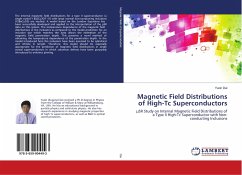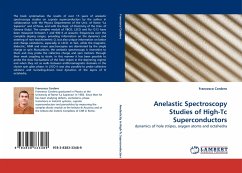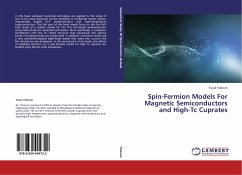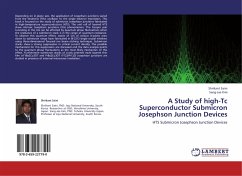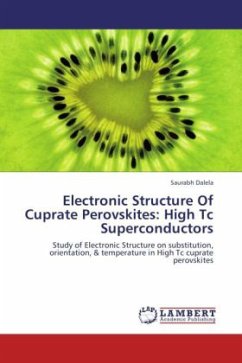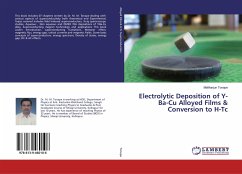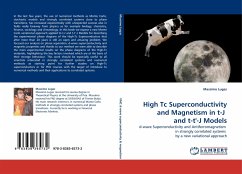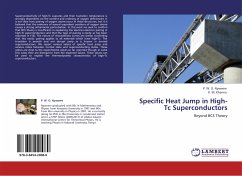
Specific Heat Jump in High-Tc Superconductors
Beyond BCS Theory
Versandkostenfrei!
Versandfertig in 6-10 Tagen
32,99 €
inkl. MwSt.

PAYBACK Punkte
16 °P sammeln!
Superconductivity of high-Tc cuprates and their transition temperature is strongly dependent on the content and ordering of oxygen deficiencies. It is not clear how pairing of oxygen atoms occur in these structures, but it is believed that the existence of several equivalent positions of oxygen atoms causes a strong anharmonic perturbation.In this work we seek to confirm that BCS theory is insufficient in explaining the electron-electron pairing in high-Tc superconductors and that the type of pairing is exotic as has been reported in (18). The nature of characteristic curves are similar confir...
Superconductivity of high-Tc cuprates and their transition temperature is strongly dependent on the content and ordering of oxygen deficiencies. It is not clear how pairing of oxygen atoms occur in these structures, but it is believed that the existence of several equivalent positions of oxygen atoms causes a strong anharmonic perturbation.In this work we seek to confirm that BCS theory is insufficient in explaining the electron-electron pairing in high-Tc superconductors and that the type of pairing is exotic as has been reported in (18). The nature of characteristic curves are similar confirming that this exotic pairing applies to all materials which have high-Tc. The transition is smooth and not abrupt jump as is known in normal superconductors. We report various values of specific heat jump and various ratios between normal state and superconducting states. These values are close to the experimental values so far reported though in some few cases their are divergence from theexpected values. These values can be used to explain the thermodynamic characteristics of high-Tc superconductors.



